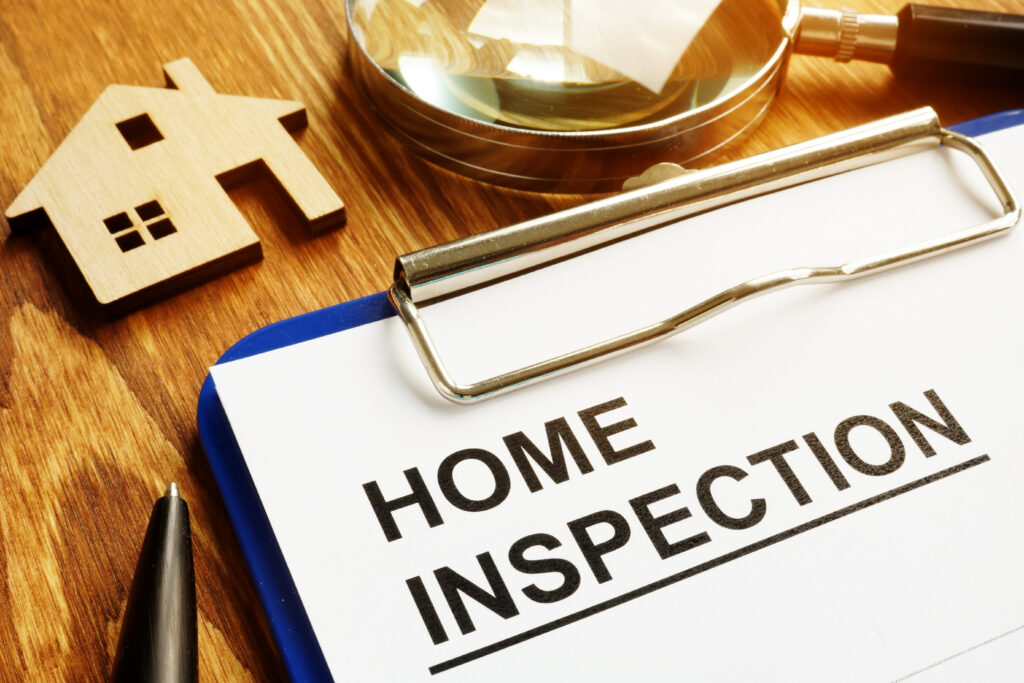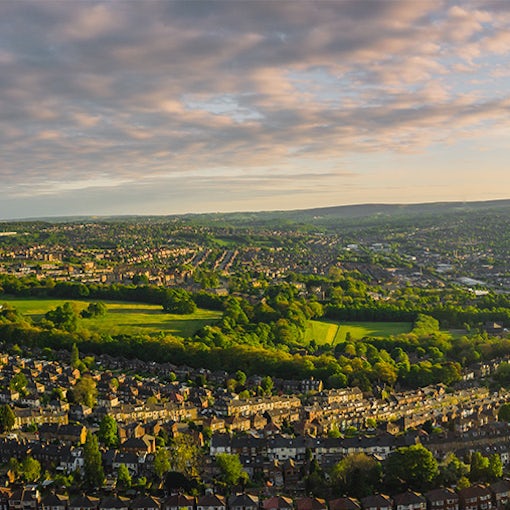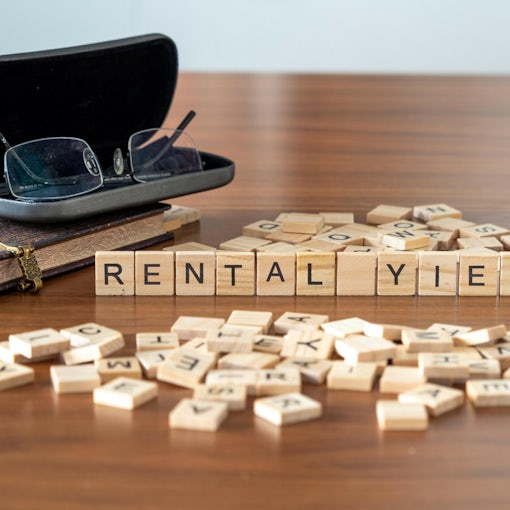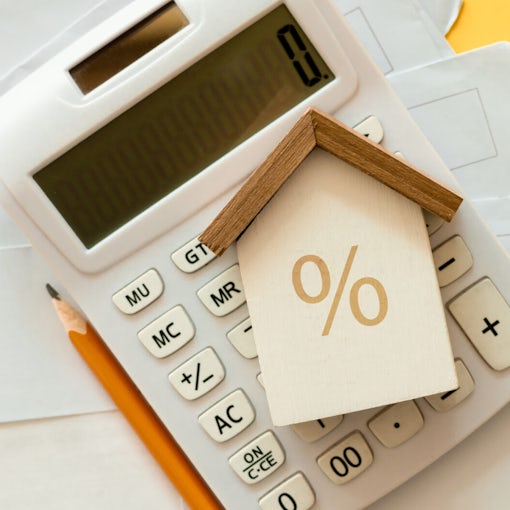When it comes to the end of a tenancy it is common practice to have an end of tenancy inspection, often called a check out. Ideally the landlord or their agent will have carried out regular property checks throughout the tenancy, so there should be no surprises during this final inspection. To make sure you are fully prepared, in this article we walk you through what to expect during an end of tenancy inspection.
Check the Inventory
The main basis of the end of tenancy inspection is the report that was generated at the start of the tenancy (usually called an inventory). This would have been a detailed report, with photos of the condition of the property when the tenancy first started and a list of all the fixtures, fittings and contents. Make sure you have your copy of that report to hand.

Who will do the inspection?
When the check out inspection happens, it can be carried out by the landlord, their agent or even a 3rd party check out service provider. The tenant doesn’t need to be present, but it is highly recommended that they are.
What will the inspection cover?
Using the initial report as a basis, every room will be carefully inspected for cleanliness and the condition will be noted. Photos should be taken to record everything and a discussion should be had where it appears there is a difference in condition or cleanliness between the check in report and the check out condition.
Some important tasks that should happen:
- Meter readings should be taken for gas, electricity and water. The tenant will need to settle these bills.
- All lights will be checked to make sure that they work.
- Smoke detectors and Carbon Monoxide detectors will be tested to ensure that they are in working order.
- The inside of the oven will be checked for cleanliness and the oven checked to make sure it works.
- All white goods will be checked including the internals. Remember that if a washing machine is supplied, the detergent drawer will most likely also be checked.
- Walls, doors and windows will be checked for condition, scuffs and operation.
- Taps will be run in all sinks and baths to check that the waste systems are not blocked.
- If any crockery, pots and pans or cutlery has been supplied this will be checked to ensure it is all present.
- For furnished properties all furniture should be checked to ensure there is no damage.
- The external aspects of the property will be inspected along with any outbuildings.
It is important that any concerns are discussed during the inspection and that fair wear and tear is considered when looking at and logging the condition of the property.
At the end of the check out inspection, a report will be generated with all the appropriate information, comments and photos. This will then form discussions between the tenant and the landlord (or their agent) in order to agree the return of the deposit.






